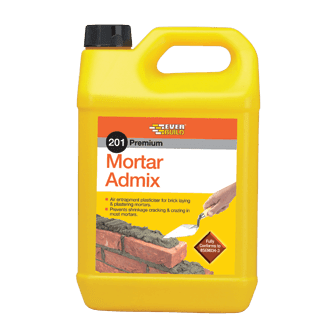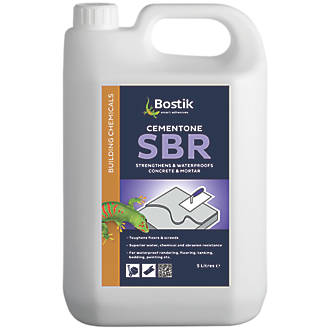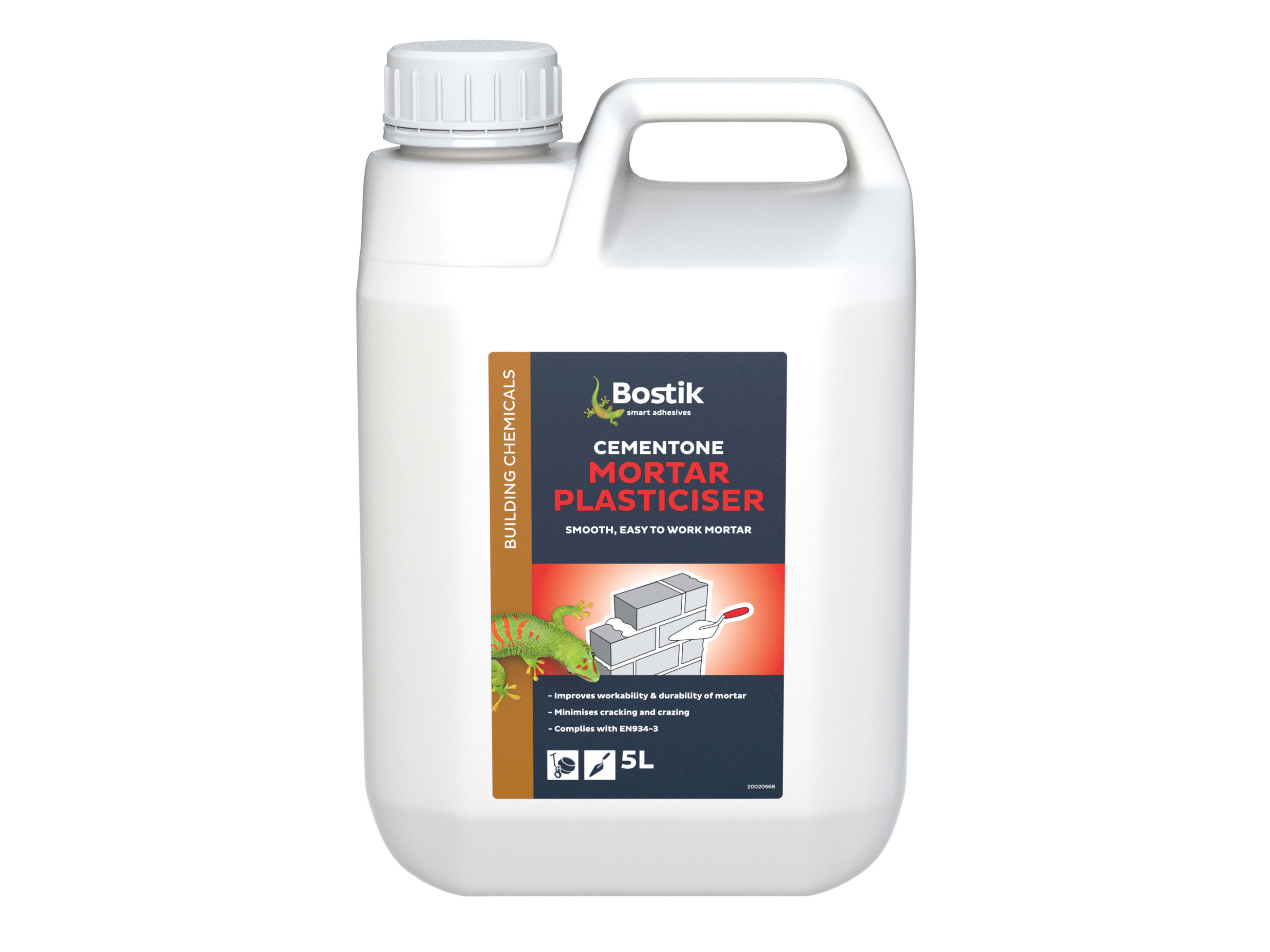Cement Plasticiser & Dyes
(9 Products)Don't settle for dull, lifeless concrete. Take your projects to the next level with our top-of-the-line cement plasticisers and dyes. Our cement plasticisers are specially formulated to reduce the amount of water needed for optimal consistency, resulting in stronger, more durable finished concrete. And with a range of vibrant dyes to choose from, you can customise the colour of your concrete to match your specific vision.
What Is Cement Plasticiser?
Cement plasticisers are additives that are used to improve the workability and flow characteristics of fresh concrete. They are used to reduce the amount of water needed to achieve a given consistency, which can improve the strength and durability of the finished concrete.
What Is Cement Dye?
Cement dyes are colouring agents that are added to cement to give it a desired colour. Cement dye can be water-based or solvent-based.
Cement dyes are specially formulated for easy dispersion into a dry mix as a way of adding a pop of colour to cement, ready-mix concrete, precast concrete, pattern-imprinted stamped concrete, renders, mortars, garden stoneware and screeds. A large degree of cement dyes from brands such as Bostick colours can even be applied to swimming pools.
These concrete pigments do away with the typical grey hue of concrete, allowing the user greater aesthetic flexibility.
Cement dying pigment is available in a host of vivid colours including sage green, york green, grass green, york buff, brick red and strong yellow. For those going for an understated look, dyes are also available in the following cement dye pigments: russet brown, ultra black, strong white, rustic brown, nut brown, dark brown, light brown, deep buff and black. Most of these pigments tend to be suitable for commingling, allowing for a wide range of shades and plenty of colour experimentation.
Not only do our products improve the performance and aesthetic appeal of your concrete projects, but they are also easy to use and compatible with all types of cement.
Features & Benefits of Cement Plasticiser
- When added to cement, plasticisers decrease the overall viscosity and plasticity of the mortar mix
- Its addition creates air bubbles within the mortar, helping to increase its workability
- Helps the particles coagulate better together
- Reduces the amount of shrinkage that occurs as the concrete dries and cures, which can help to reduce cracking and deformation
- Can help to protect the mortar mix from frost damage
Frequently Asked Cement Plasticiser & Dyes Questions
Is Cement Plasticiser Essential?
While it is not necessarily required, using a plasticiser can help to create a smoother and more cohesive mortar mixture without the need for excess water. This can improve the overall quality and workability of the finished product.
What Is The Difference Between Water-Based & Solvent-Based Cement Dye?
Cement dyes are used to colour concrete surfaces, and there are two main types: water-based dyes and solvent-based dyes.
Water-based dyes are made up of fine pigments suspended in water. These dyes are easy to use, are manufactured with low VOC (volatile organic compound) emissions, and are generally considered to be environmentally friendly. However, water-based dyes can be more difficult to achieve consistent colour results across large surfaces.
Solvent-based dyes, on the other hand, are made up of fine pigments suspended in a solvent carrier. These dyes are generally more concentrated than water-based dyes, which means that a little goes a long way. However, solvent-based dyes emit higher levels of VOCs and also have flammability concerns.
In summary, the main difference between water-based and solvent-based dyes is the type of carrier in which the pigments are suspended. Water-based dyes are easier to use, have low VOC emissions, and are environmentally friendly, while solvent-based dyes are more concentrated and offer long-lasting colour. It's always recommended to consider safety precautions and environmental regulations when choosing a dye for your project list.
Can You Use Washing Up Liquid As A Cement Plasticiser?
The use of washing up liquid as a substitute for plasticiser in mortar can have detrimental effects on the long-term structural integrity of the mortar. We believe there should be no short-cuts when assuring the structural soundness of a project and thus, this practise should be avoided.
What Happens If You Put Too Much Plasticiser in Cement?
Excessive use of plasticiser in a mortar mix can result in an influx of air bubbles, which can make the mix less dense, and result in weaker mortar once hardened. These voids, created by the added air, also make the mortar more susceptible to damage by frost which can cause it to crumble over time.











